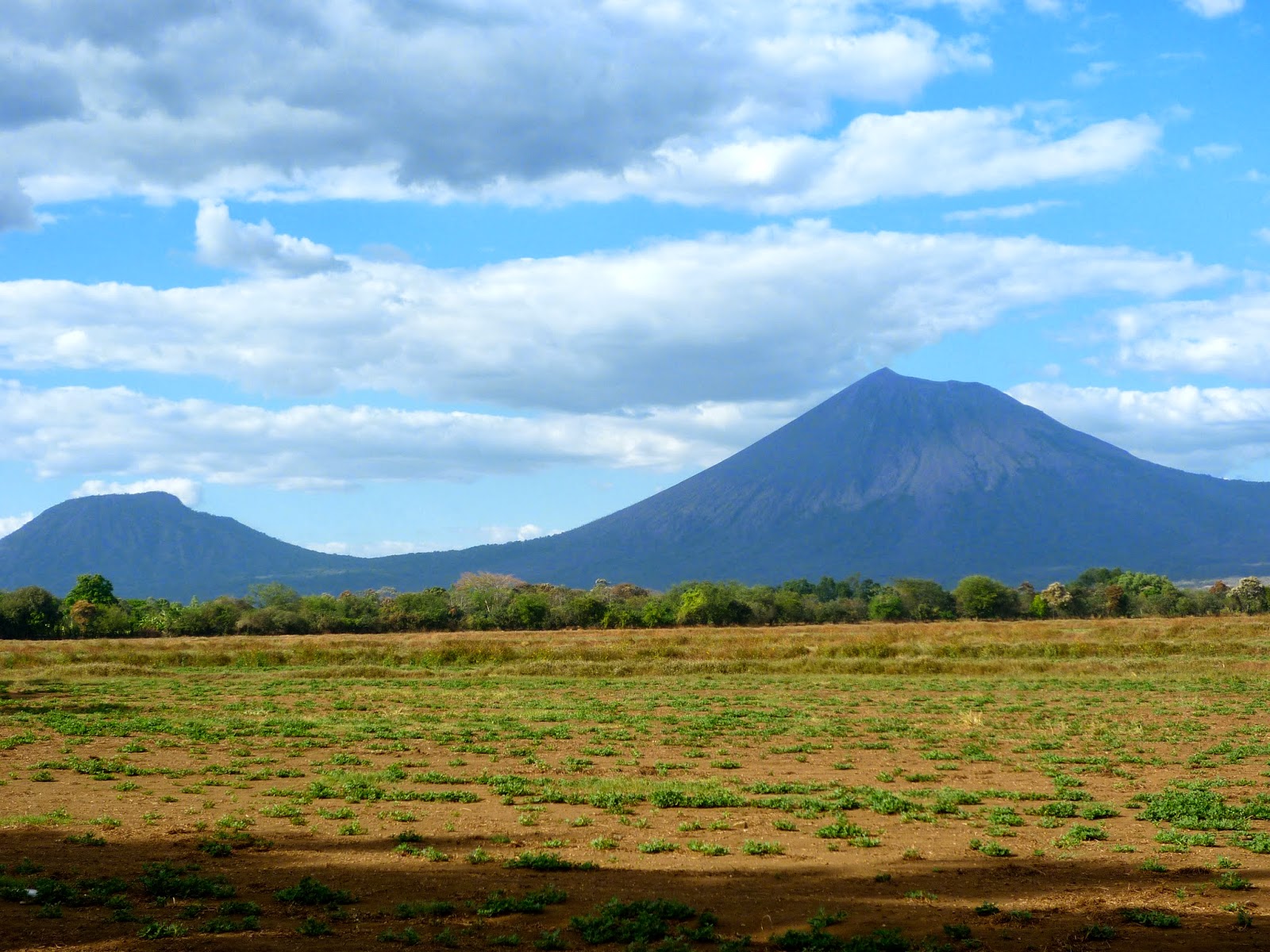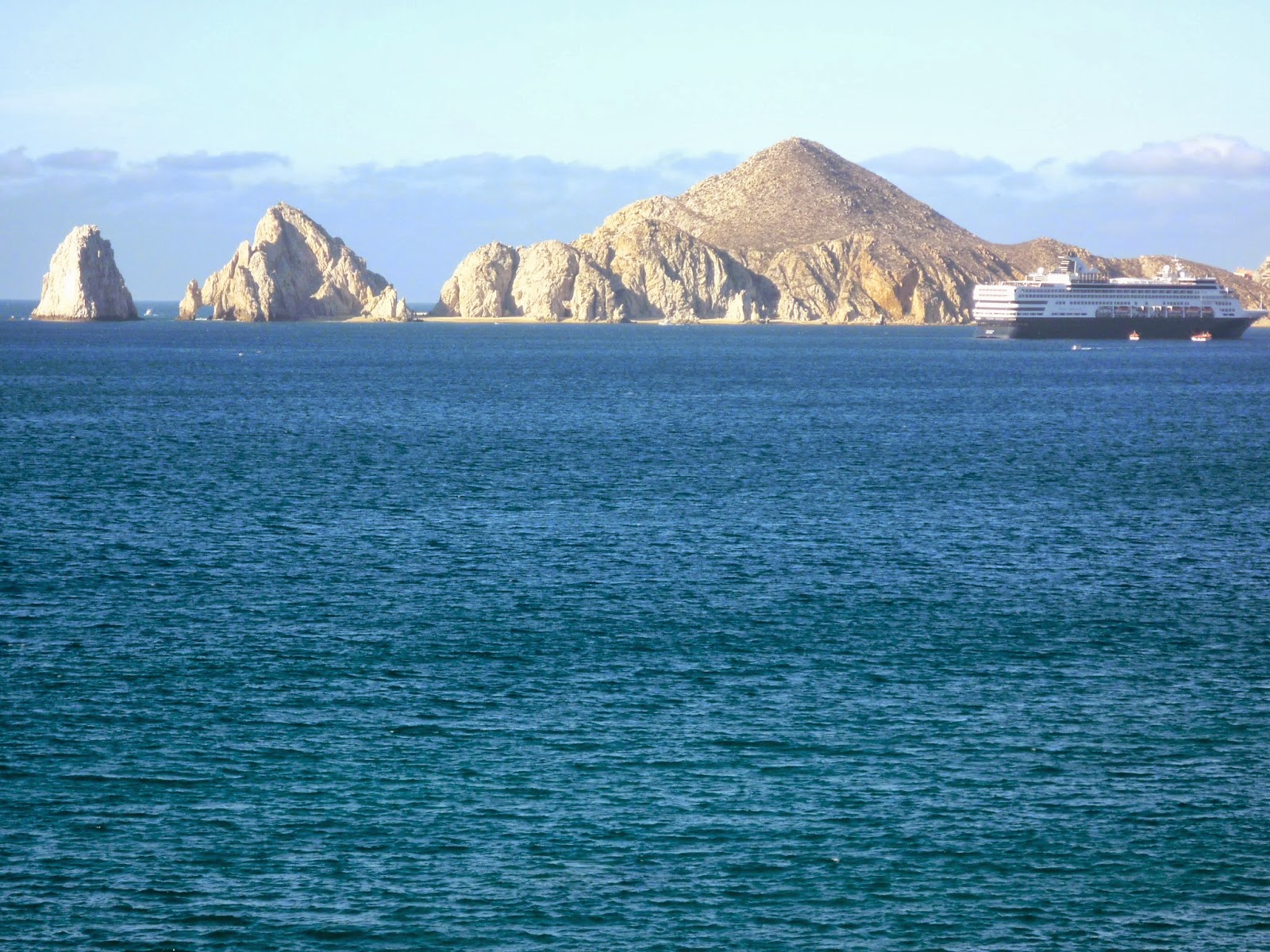Panama Canal Cruise
ms Veendam
February 22-March 9, 2014
4,784 nautical miles
Captain Peter Bos
Ft.
Lauderdale, Florida Feb.
22, 2014
Oranjestad,
Aruba Feb. 25, 2014
We had a short transfer to the submarine on the
shuttle vessel SubSeeker. We boarded the Atlantis submarine just off the
southeast coast of Aruba for a 145 foot dive which included viewing the retired
Danish sailboat Morgenster and colorful schools of tropical fish, huge
sponge gardens, and the mystic beauties of the coral fields. All of this is in
air-conditioned comfort without getting wet!
Going
through the Panama Canal Feb.
27, 2014
The Panama
Canal is 48 miles long and allows ships to avoid a very long journey around
South America. Because of the shape of
the Isthmus of Panama the Atlantic entrance to the Canal is 22.5 miles west of
the Pacific entrance. This means that
the sun rises from the Pacific and sets in the Atlantic Ocean!
There are
locks at each end to lift ships up to Gatun Lake (85 feet above sea
level). The current locks are 110 feet
wide. The water to refill the locks is
taken from Gatun Lake by opening and closing enormous gates and valves and
flows in by gravity. The steel lock
gates measure an average of 6.6 feet thick, 64 feet wide, and 66 feet
high. Madden Lake (later Alajuela Lake)
provides additional water storage for the canal.
A third,
wider lane of locks is currently under construction and is due to open in 2015. These locks will be both wider and
deeper. The size of the locks determines
the maximum size of a ship that can pass through them. Because of the importance of the canal to
international trade, many ships are built to the maximum size allowed. These are known as Panamax vessels.
France
began work on the canal in 1881, but had to stop because of engineering
problems and high mortality due to disease (malaria and yellow fever). The United States took over the project in
1904, and took a decade to complete the canal, which was officially opened on
August 15, 1914. The US continued to
control the canal and surrounding Panama Canal Zone until 1977. After a period of joint American-Panamanian
control, the canal was in 1999 taken over by the Panamanian government. The Torrijos-Carter Treaties granted the
Panamanians free control of the canal so long as Panama signed a treaty
guaranteeing the permanent neutrality of the canal.
The Panama
Canal remains one of the chief revenue sources for Panama. Cruise ships pay a rate based on the number
of berths. The per-berth charge is
currently $92 for unoccupied berths and $115 for occupied berths. Annual traffic of about 1,000 ships when the
canal opened rose to 14,702 vessels in 2008.
February 29, 1968 had the most transits in a single day with 65 ships
crossing the isthmus. The most expensive
regular toll for canal passage to date was charged on April 14, 2010 to the
cruise ship Norwegian Pearl, which paid $375,600. The American Society of Civil Engineers has
named the Panama Canal one of the seven wonders of the modern world.
Puerto
Caldera, Costa Rica Mar.
1, 2014
We took a sightseeing drive east to Esparza. This town has become one of the most picturesque in the Costa Rica’s Central Pacific region. The central park and its church are emblematic of Costa Rica’s hardworking rural towns. Local dancers greeted us at the park wearing colorful costumes. They were local school children who had to have high grades in order to qualify to participate.
The drive continued with
some stretches along the Pacific Ocean. We passed mango and cashew plantations,
and farming areas. The colorful homes along the way had large gardens and living
fences grown with the beautiful plants. Our driver stopped at points of
interest and brought blossoms, fruit and other botanical samples into the bus,
where our guide told us about their growth habits and uses and passed them on
to the passengers.
Corinto,
Nicaragua Mar. 2, 2014
León, with its 300,000 residents was founded in 1524
by Spanish conquistadors. It lies at the base of the Momotombo volcano. An
earthquake destroyed the old town of León in 1609. It was the capital of
Nicaragua for more than 200 years, before the title was handed over to Managua
in 1851. Today, León is the most important city in Nicaragua after Managua. A
1¼-hour drive brought us to this charming city that has retained its
colonial-style streets and has preserved its old architectural style of
one-story houses with tile and wooden roofs.
Puerto
Quetzal, Guatemala Mar.
3, 2014
The first thing I
noticed upon disembarking at Puerto Quetzal was that this port was arranged for
good marketing. A winding walkway
meandered through shopping stalls. This
path was the only way for us to get to the buses or even to walk into
town.
The main feature of
Antigua is the Cathedral off of the Central Square. The Cathedral has extensive damage from
earthquakes, but a portion of it is still being used for regular worship
services.
 |
| Across from La Merced is the Arch of Santa Catalina. This is an enclosed arch and was used by the nuns in the convent to go to the church to sing in the choir without being seen. |
Jade is a major gemstone
of Guatemala. There are many museums and
shops dedicated to Jade. This is the
first time that I have ever seen lavender colored Jade.
Zihuatanejo/Ixtapa,
Mexico Mar. 5, 2014
Zihuatanejo was a small fishing village that has grown
rapidly. Then Agua de Correa gives the real "feel" of a typical
Mexican town. Five miles later we
reached Ixtapa-the spectacular computer-planned resort area. We stopped at the
Emporio Ixtapa resort and had a drink before continuing our tour with the Palma
Real Golf Club, beautiful beaches, modern luxury hotels and restaurants along
the ocean.
Cabo
San Lucas, Mexico Mar.
7, 2014
We enjoyed an amazing panorama of the Bay of Cabo San
Lucas at a scenic stop for great photo opportunities and a refreshing beverage
at Victoria’s favorite place for dinner, Sunset Da Mona Lisa.
Next, we drove to San José del Cabo—the more
colonial of these twin cities. Enjoy a guided tour of the town’s commons and saw
the Jesuit mission church. We
went to the heart of Cabo San Lucas and saw the zocalo (square).
Finally we finished our tour at the old opera house, now converted to a
popular local restaurant for a snack.
Two quaint towns make up Los Cabos. We visited a local
glass factory to see the artisans performing their craft, which has been
handed down for generations in Baja California.
San
Diego, California Mar.
9, 2014








































Very cool mom! Thanks for sharing.
ReplyDelete